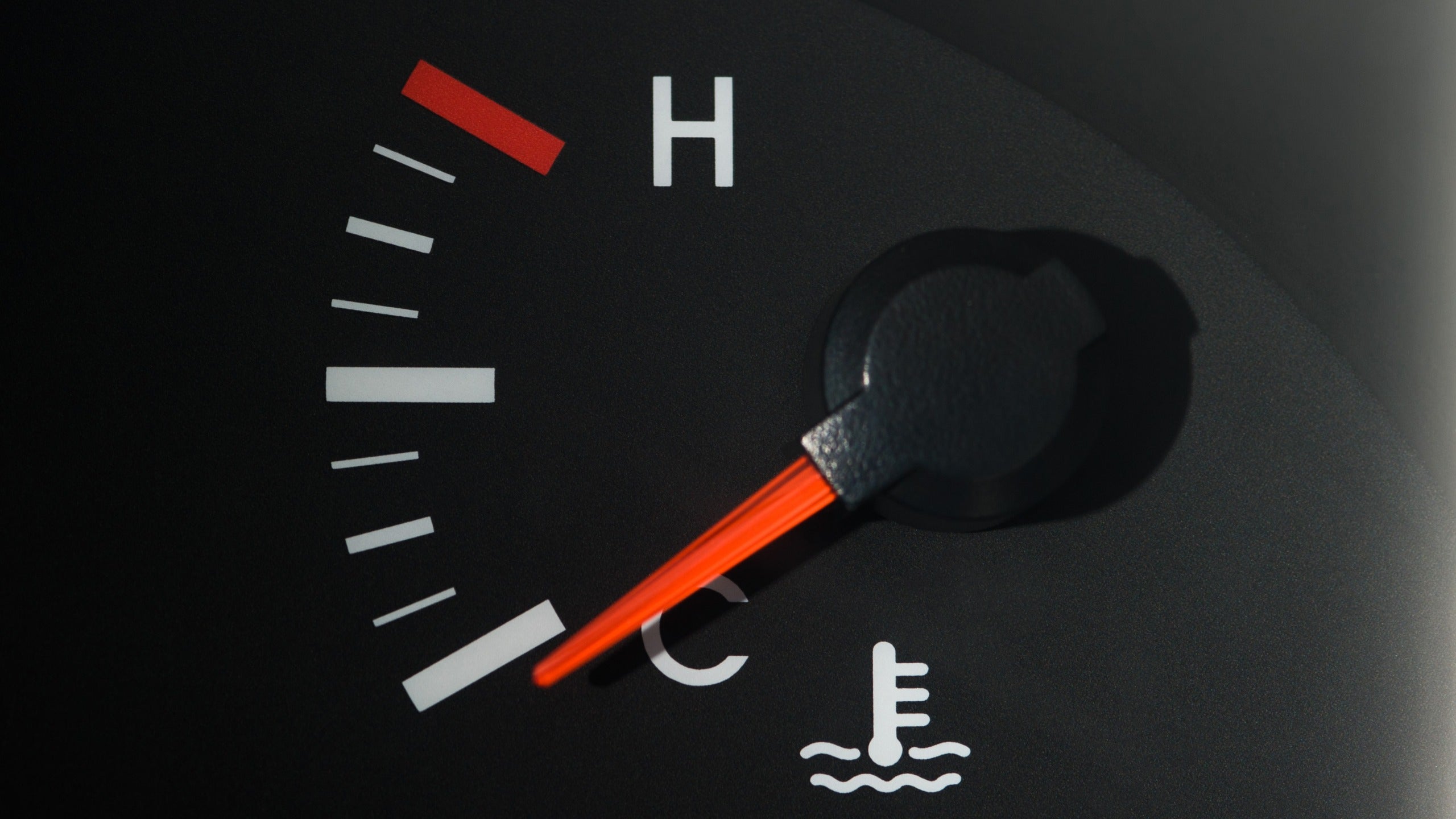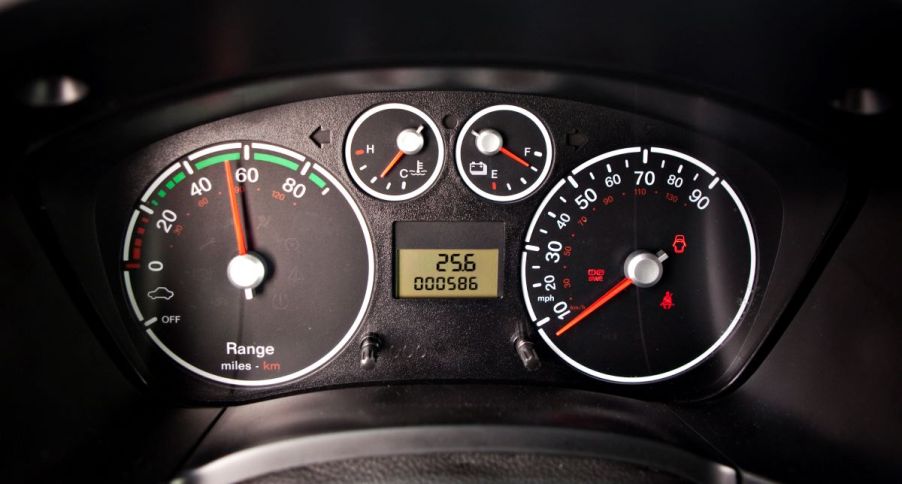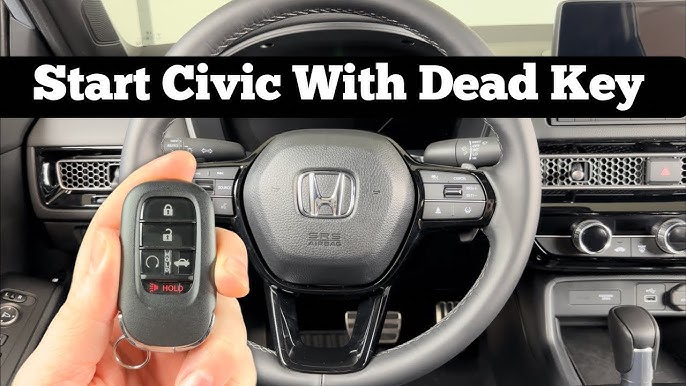As an Amazon Associate, I earn from qualifying purchases
Have you ever glanced at your car’s dashboard and wondered what the letters “H” and “C” really mean? These simple letters hold important clues about your vehicle’s health.
Understanding them can save you from costly repairs and keep your engine running smoothly. If you want to know how to read these signs and what actions to take when they change, keep reading. This guide will make it easy for you to understand what those letters mean and why they matter to your car’s performance.
H And C Symbols
The H and C symbols on a car dashboard tell you about the engine temperature. They help you know if the engine is too hot or too cold. Watching these symbols keeps your car safe and working well.
Understanding these symbols is important for every driver. They give quick hints without needing words.
Location On The Dashboard
The H and C symbols appear near the temperature gauge. This gauge is often in the middle of the dashboard. It is close to the speedometer and fuel gauge. Drivers see it easily while driving. This spot helps you check the engine temperature quickly.
Appearance And Design
The C stands for cold and the H for hot. The letters are usually white or light-colored. They sit at the ends of a small meter. A needle moves between them to show the engine’s heat level. This simple design helps you read the temperature fast. No guessing needed.

Credit: www.mcdonaldmazdanorth.com
Meaning Of H And C
The letters H and C on a car’s dashboard gauge show the engine temperature. They help drivers know if the engine is too hot or too cold. This information is important to keep the engine safe and working well.
Understanding what H and C mean can prevent damage and costly repairs. The gauge usually sits between these two letters to show the current temperature.
Hot Indicator (h)
The H stands for “Hot.” It shows that the engine temperature is very high. When the needle moves close to or on H, the engine may be overheating. Overheating can cause serious damage to the engine parts. Drivers should stop the car safely and check the cooling system if this happens.
Cold Indicator (c)
The C stands for “Cold.” It means the engine is still cool and not warmed up. When starting a car, the needle often points near C. The engine needs time to reach the right working temperature. Driving hard while the engine is cold can cause wear and reduce performance.
Engine Temperature Gauge
The engine temperature gauge shows how hot the engine is running. It helps drivers know if the engine is too cold or too hot. The gauge usually has two letters: H and C. H stands for hot, and C stands for cold. The needle moves between these letters to show the engine’s temperature.
Watching this gauge is important. It can prevent engine damage and help keep the car running smoothly. Understanding the normal range and warning signs keeps your engine safe.
Normal Temperature Range
The needle should stay near the middle between H and C. This shows the engine is at a safe temperature. Engines work best in this range. It means the cooling system is doing its job well. The engine warms up quickly after starting, then stays steady.
What Happens When Too Hot
If the needle moves close to H, the engine is overheating. This can cause serious damage. Overheating may lead to a broken head gasket or engine failure. It often happens because of low coolant or a broken radiator fan. Stop the car soon and check the problem.
What Happens When Too Cold
If the needle stays near C for a long time, the engine is too cold. A cold engine runs less efficiently and uses more fuel. It may also produce more pollution. The heater might not work well either. The thermostat or cooling system might need a check.
Common Causes Of Temperature Issues
Temperature issues in a car often stem from a few common problems. These problems can cause the engine to run too hot or too cold. Understanding the main causes helps to keep your car safe and working well.
Below are some key reasons why your car’s temperature might show unusual readings near the H and C marks.
Coolant Levels
Coolant helps the engine stay at the right temperature. Low coolant levels cause the engine to overheat. Leaks or evaporation can reduce coolant. Regularly check and refill coolant to avoid temperature problems.
Thermostat Problems
The thermostat controls the flow of coolant. A stuck thermostat can block coolant flow. This makes the engine too hot or too cold. Replacing a faulty thermostat fixes temperature irregularities quickly.
Radiator Issues
The radiator cools down the engine coolant. Blocked or damaged radiators cannot cool properly. This leads to overheating and engine damage. Cleaning or fixing the radiator keeps the engine temperature balanced.
Safety Tips For Temperature Warnings
Seeing the H and C on a car’s dashboard means the engine’s temperature is being monitored. These letters stand for Hot and Cold. Temperature warnings help protect your car from damage. Knowing how to react keeps you and your vehicle safe.
Immediate Actions To Take
If the needle moves towards H, stop the car safely. Turn off the engine and open the hood to cool the engine. Avoid opening the radiator cap right away. Wait at least 30 minutes. Check the coolant level once it cools down. Call for roadside assistance if unsure what to do next.
Preventive Maintenance
Regularly check your coolant level and top it up as needed. Replace the coolant according to your car’s manual. Inspect the radiator and hoses for leaks or cracks. Keep the thermostat and water pump in good condition. Schedule regular engine tune-ups to avoid overheating problems.

Credit: www.carrepairadelaidesa.com.au
When To Seek Professional Help
Knowing when to seek professional help is key to protecting your car’s engine. The H and C on your car’s temperature gauge show the engine’s heat level. If the needle moves toward H, the engine is overheating. This can cause serious damage fast.
Not all overheating problems are easy to fix. Some need expert care to prevent costly repairs. Learn to spot signs that mean it’s time to visit a mechanic. Acting quickly can save your car and your money.
Signs Of Serious Overheating
Steam coming from under the hood is a clear warning. A burning smell or sudden drop in engine power also signals trouble. The temperature gauge near H for a long time means overheating. Engine warning lights on the dashboard should never be ignored. Loud knocking or ticking noises from the engine can mean damage.
Avoiding Further Damage
Stop driving as soon as you see overheating signs. Turn off the air conditioner and turn on the heater to lower engine heat. Open the hood carefully to let heat escape, but avoid hot steam. Wait for the engine to cool before checking coolant levels. Do not open the radiator cap while the engine is hot. Call a professional mechanic to inspect the engine and fix the problem safely.

Credit: www.motorbiscuit.com
Frequently Asked Questions
What Do The H And C Symbols Mean On A Car Dashboard?
H stands for Hot and C stands for Cold, showing the engine’s temperature level.
Why Does The Car Temperature Gauge Show H And C?
The gauge shows H and C to help monitor if the engine is too hot or cold.
Can Driving With The Needle Near H Harm The Engine?
Yes, it means the engine is overheating, which can cause serious damage.
What Should I Do If The Needle Stays Near C?
It means the engine is too cold; the car may need more time to warm up.
How Often Should I Check The H And C Gauge?
Check it every time you drive to ensure the engine temperature stays normal.
What Causes The Temperature Needle To Move Between H And C?
Changes in engine heat, coolant levels, or thermostat issues can cause needle movement.
Conclusion
Understanding what the H and C mean on a car helps you use the controls safely. H stands for hot, and C means cold. These letters guide you in adjusting the temperature inside your vehicle. Keeping your car’s temperature right makes driving more comfortable.
Always watch the temperature gauge to avoid engine problems. Simple knowledge like this keeps you confident on the road. Next time you see these letters, you will know exactly what they mean. Safe driving starts with small, smart steps like this.
As an Amazon Associate, I earn from qualifying purchases


